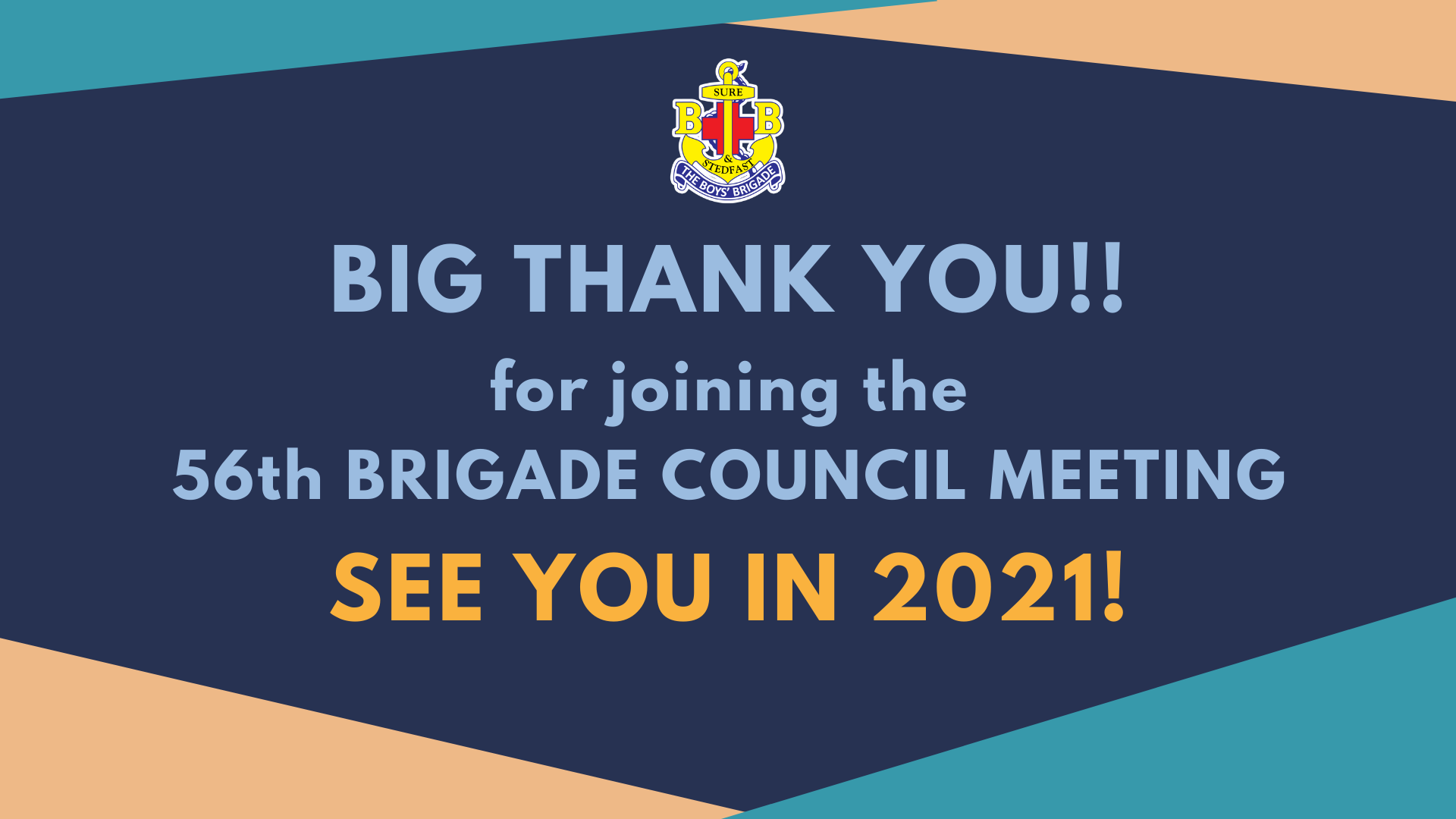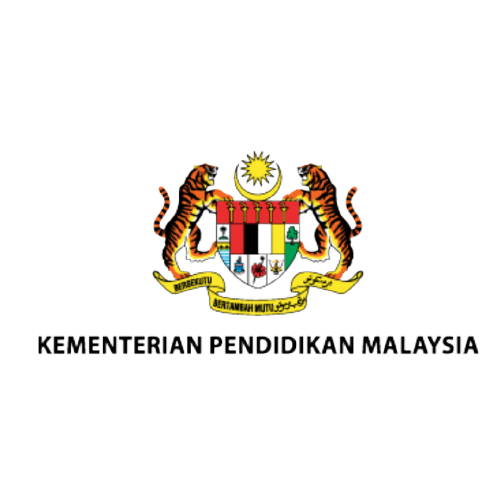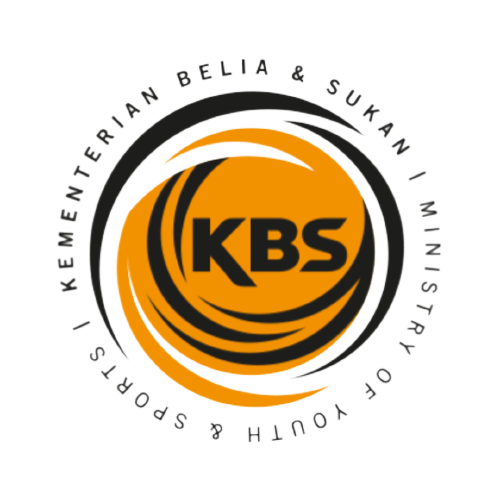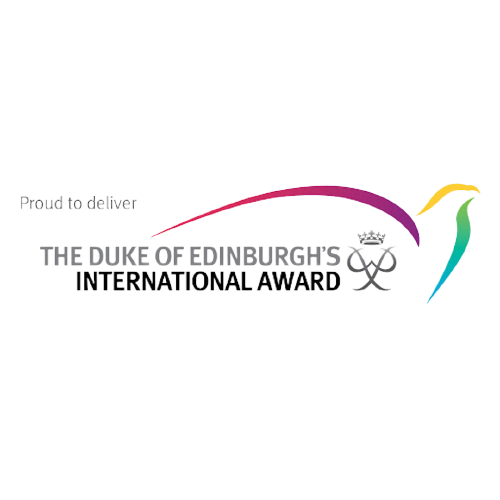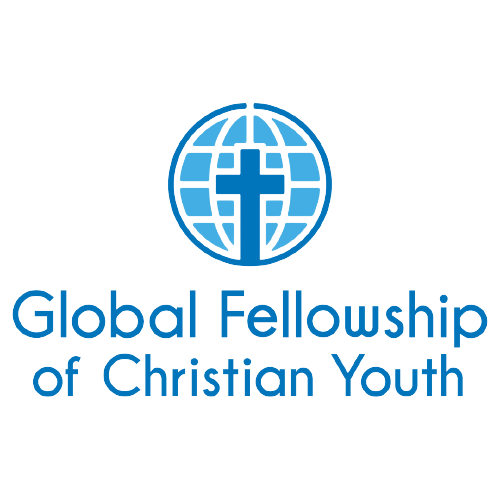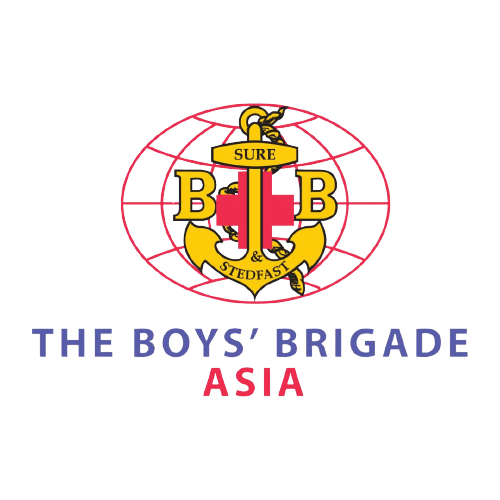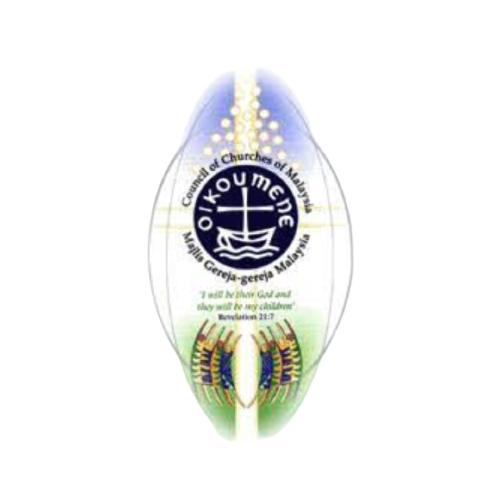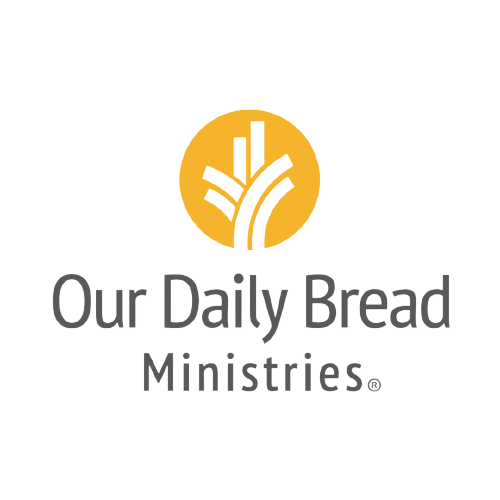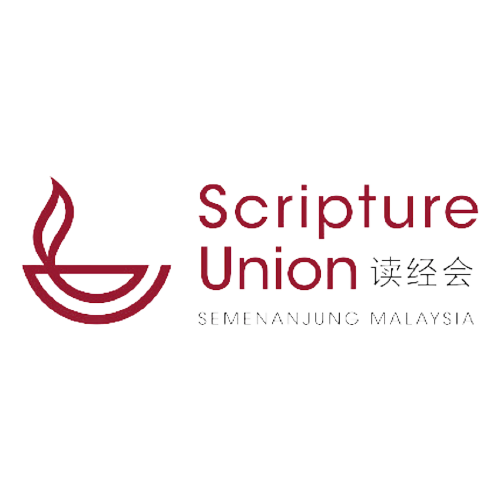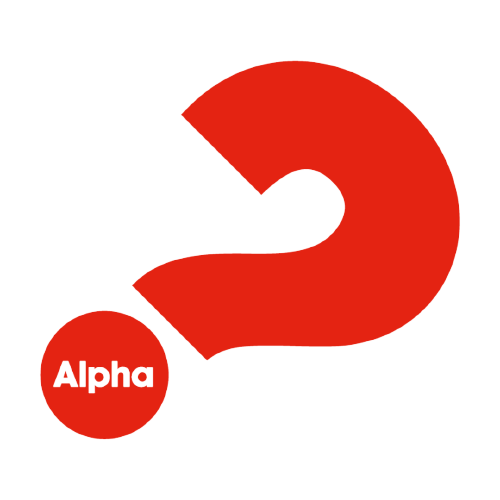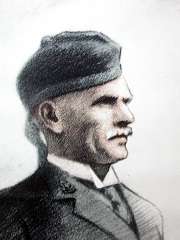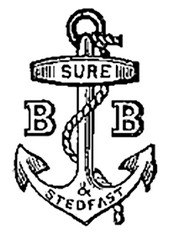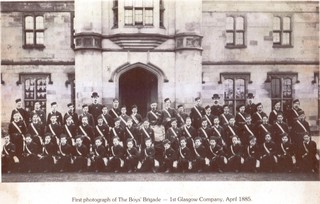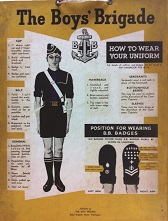The very first Brigade Council Meeting for The Boys’ Brigade in Malaysia was first held in 1964 when The Boys’ Brigade in Malaysia was officially established from the amalgamation between 3 parties, the Federation of Malaya of The Boys’ Brigade, The Boys’ Brigade Companies in Singapore, and The Boys’ Brigade Companies in Sarawak. The BB Officers and boys’ from these 3 parties met in the capital Kuala Lumpur on the 5th of December 1964 to discuss the ushering in of The Boys’ Brigade in Malaysia. This follows from the merger between The Federation of Malaya, Singapore, North Borneo, and Sarawak to form Malaysia in 1963.
However, with the political separation of Singapore from Malaysia, BB in Singapore withdrew from BBM as a separate body in August 1965 when Mr. Chua Sial Phuang (S.P. Chua) was the President of BBM. Subsequently, Mr. Tan Teik Hock was elected to lead the reorganized BBM. Nonetheless, the relationship between BBM and BBS was always close with many exchanges of activities happening.
BBM’s Annual General Meeting known as the Brigade Council Meeting (was also called the National Council Meeting at one period of time) was not only just a meeting to the Brigade ministry made compulsory by the Societies Act but the meeting represents and reflects the spirit of unity among the BB Companies to move the BB movement forward nationally.
From just a handful of BB Companies then, the average attendance of the Brigade Council Meeting in recent years was about 100 over Companies represented. Despite the pandemic that took everyone by surprise which leads the delay of the Brigade Council Meeting, the blessing in disguise was the turnout of the Officers attending the Brigade Council Meeting.
However, with the political separation of Singapore from Malaysia, BB in Singapore withdrew from BBM as a separate body in August 1965 when Mr. Chua Sial Phuang (S.P. Chua) was the President of BBM. Subsequently, Mr. Tan Teik Hock was elected to lead the reorganized BBM. Nonetheless, the relationship between BBM and BBS was always close with many exchanges of activities happening.
BBM’s Annual General Meeting known as the Brigade Council Meeting (was also called the National Council Meeting at one period of time) was not only just a meeting to the Brigade ministry made compulsory by the Societies Act but the meeting represents and reflects the spirit of unity among the BB Companies to move the BB movement forward nationally.
From just a handful of BB Companies then, the average attendance of the Brigade Council Meeting in recent years was about 100 over Companies represented. Despite the pandemic that took everyone by surprise which leads the delay of the Brigade Council Meeting, the blessing in disguise was the turnout of the Officers attending the Brigade Council Meeting.
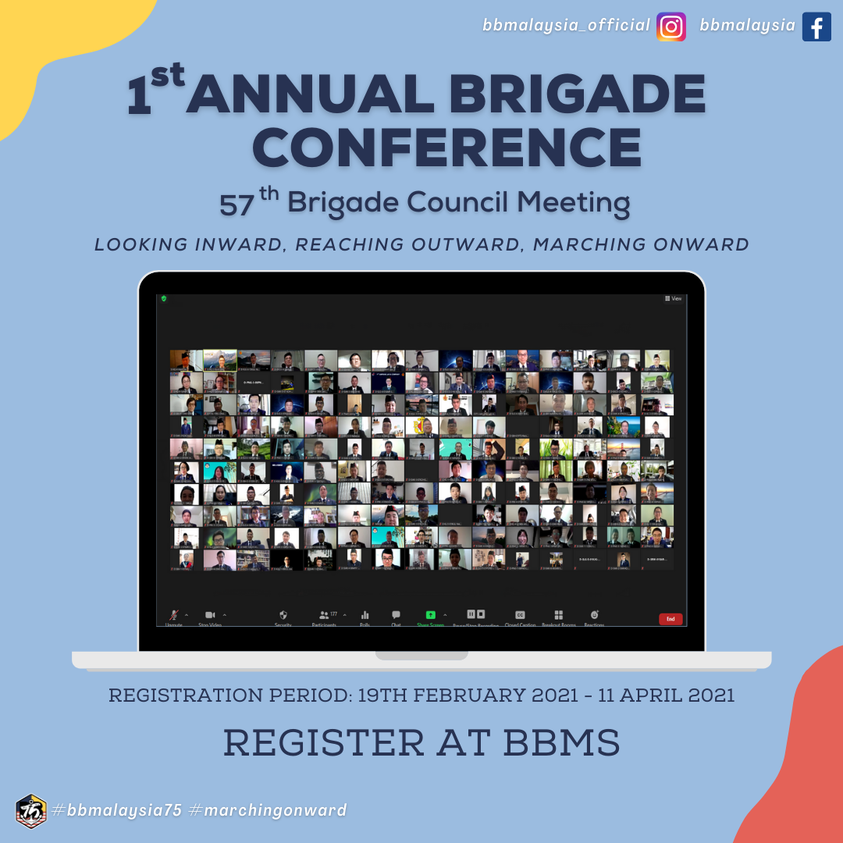
The 56th Brigade Council Meeting started in the afternoon from 2.30 pm onward until late in the evening at 7.00 pm. Now, due to the fact that the meeting was conducted online, more Officers besides the Company delegates were able to turn up for the meeting. Although this is just an annual family affair, it is so encouraging to see the family becoming bigger especially with more young and upcoming Officers.
The meeting ended well with all the matters taken care of with a total attendance of 179 Officers from 93 Companies.

